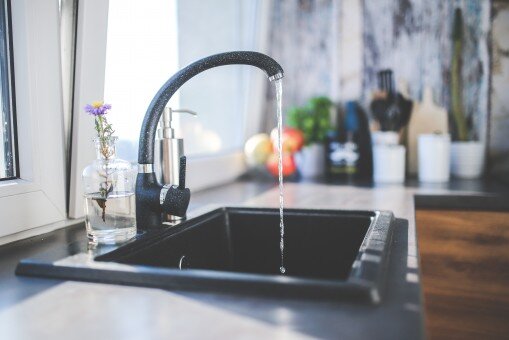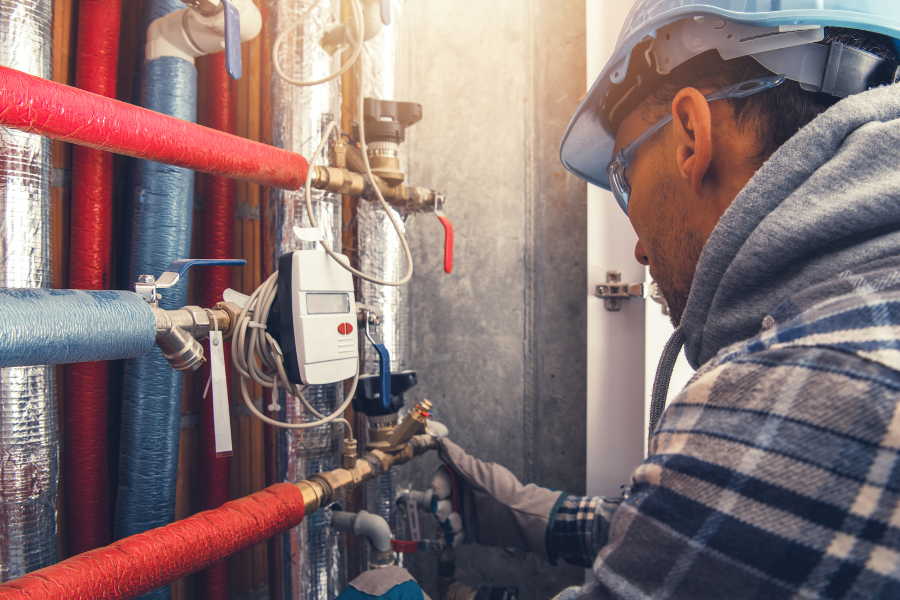Future of Plumbing: Patterns and Innovations on the Horizon
Click HereAlmost everyone may have their own assumption with regards to 7 Plumbing Industry Trends You Need To Know.

Introduction
The pipes market is undertaking a transformative stage driven by technical advancements and growing issues for sustainability and efficiency. This article explores emerging trends and developments forming the future of pipes.
Regulatory Landscape
Governing frameworks play an essential duty in shaping the fostering of plumbing technologies, with requirements and codes controling whatever from water performance to product security. As modern technologies continue to advance, regulatory bodies have to adapt to guarantee customer defense and environmental stewardship.
Future Overview
The future of pipes is identified by continued development and assimilation with various other markets such as IoT, renewable resource, and structure automation. By welcoming sustainable practices, leveraging arising technologies, and prioritizing user-centric layout, the plumbing sector is positioned to attend to the evolving needs of society while decreasing its environmental footprint.
Enhanced Reality in Plumbing
Enhanced Truth (AR) technology is changing plumbing by giving professionals with real-time aesthetic advice for fixing and fixing tasks. AR-enabled clever glasses or mobile applications overlay electronic information onto the physical atmosphere, assisting plumbers visualize pipeline designs, recognize concealed leakages, and execute repair work with precision.
Effect of 3D Printing
The arrival of 3D printing has introduced brand-new opportunities in making pipes parts. From custom-made components to detailed pipe fittings, 3D printing enables quick prototyping and on-demand production, minimizing preparations and allowing better customization in plumbing design.
Health and Safety Characteristics
In reaction to enhanced concerns for health and safety, plumbing fixtures are integrating features such as antimicrobial surface areas, touchless operation, and self-cleaning devices. These technologies not just improve hygiene however additionally advertise individual comfort and convenience.
Hygiene-focused Components
Touchless faucets, self-sanitizing bathrooms, and antimicrobial surface areas are coming to be progressively common in residential and commercial settings, minimizing the threat of germ transmission and promoting a cleaner, much healthier environment.
Water High Quality Surveillance
Developments in water quality surveillance innovations make it possible for house owners to monitor the pureness and safety of their water supply in real-time. Smart water high quality sensing units can spot contaminants, pH degrees, and temperature variants, encouraging individuals to take positive actions to guarantee water safety and security.
Remote Plumbing Providers
Remote diagnostics and virtual aid are revolutionizing the method pipes services are provided. Via video conferencing and remote gain access to innovations, plumbings can fix concerns, provide assistance for do it yourself repair work, and even do remote evaluations, offering greater availability and benefit to homeowners.
Difficulties and Opportunities
While plumbing technologies hold immense assurance, they likewise existing challenges such as data personal privacy worries, governing compliance, and the requirement for labor force training. Resolving these obstacles calls for cooperation in between market stakeholders and regulative bodies to make sure risk-free and responsible implementation of new technologies.
Smart Pipes Systems
Including clever modern technology right into plumbing systems enables remote surveillance, leakage detection, and automated maintenance. Smart sensors and IoT (Internet of Points) gadgets allow homeowners and plumbers to check water use and discover concerns in real-time, resulting in much more reliable source management and aggressive maintenance.
Water Efficiency Solutions
With raising focus on water preservation, innovative remedies are being established to minimize water wastefulness in plumbing systems. High-efficiency components, greywater recycling systems, and smart watering controllers are amongst the technologies aiding consumers lower their water footprint while keeping comfort and ease.
Sustainable Products
The change towards sustainability includes plumbing products, with an expanding preference for green options. Eco-friendly piping products, such as PEX (cross-linked polyethylene) and HDPE (high-density polyethylene), offer durability and resistance to rust without endangering environmental stability.
Anticipating Maintenance
Predictive upkeep methods utilize data analytics and machine learning formulas to prepare for and avoid plumbing concerns prior to they happen. By assessing historical data and performance metrics, anticipating upkeep formulas can identify patterns and anomalies, allowing aggressive treatments to avoid costly repair services and interruptions.
Final thought
To conclude, the future of plumbing is defined by a convergence of innovation, sustainability, and user-centric design. By welcoming clever solutions, sustainable products, and aggressive upkeep practices, the pipes sector can enhance efficiency, promote security, and add to a much more lasting future.
Plumbing Technology Trends 2024: Shaping a Sustainable and Efficient Future
Plumbing Technology: A Beacon of Innovation
Intelligent Plumbing Systems: The adoption of smart plumbing solutions offers unparalleled control over water usage, preventing waste and ensuring optimal efficiency. These systems can be installed by qualified contractors and may require technicians with expertise in new codes for proper functionality. Eco-Friendly Piping: Innovations in piping materials, like PEX and recycled content options, are making plumbing systems more sustainable. These materials are not only better for the environment but also durable and flexible, making them easier to install and less likely to need repairs. Automated Leak Detection: New plumbing technologies include systems that can automatically detect leaks. This is a big deal because it means we can fix them before they cause a lot of damage or waste too much water. It’s all about catching problems early and saving resources. Energy-Efficient Water Heaters: There’s also a big push towards devices that use less energy. This includes solar and tankless models, which provide hot water only when it’s needed, cutting down on energy use and costs. Plumbers: Champions of Sustainability
Adopting Green Practices: Contractors who specialize in sustainable plumbing can ensure your system meets the latest regulations and utilizes efficient valves. They undergo comprehensive training programs that emphasize sustainability in practices like eco-friendly installations. Water Conservation Efforts: Through the installation of high-efficiency appliances, plumbers are essential in reducing water consumption and promoting conservation. When repairing or replacing older fixtures, plumbers can recommend high-efficiency options that comply with local codes. Pipe: The Lifeline of Modern Plumbing
Innovative Pipe Solutions: The use of environmentally friendly and durable materials in pipes, like PEX and recycled content options, reduces the ecological footprint and enhances water quality. These innovative pipe solutions may require specialized repair techniques from qualified plumbers familiar with the materials. Advanced Leak Detection: Modern pipes are now more frequently equipped with sensor technology that can identify leaks early, conserving water and preventing damage. Early leak detection can save homeowners money on repair costs and potential water damage. Water Heater: At the Forefront of Efficiency
Renewable Energy Heaters: Solar heaters and other renewable energy-powered models are becoming more common, offering an eco-friendly alternative to traditional methods. These benefit the environment but can also potentially lead to lower water bills through reduced energy use. On-Demand Heating: Tankless heaters have gained popularity for their ability to provide hot water as needed, minimizing energy waste. This innovative technology eliminates the need for a large storage tank, freeing up valuable space and simplifying the installation process for qualified plumbers. https://intownplumbingtx.com/articles/plumbing-technology-trends/

I am just very occupied with The Future of Plumbing: Trends and Innovations to Watch and I'm hoping you enjoyed the post. Sharing is good. Helping others is fun. Thank-you for going through it.
Start Now